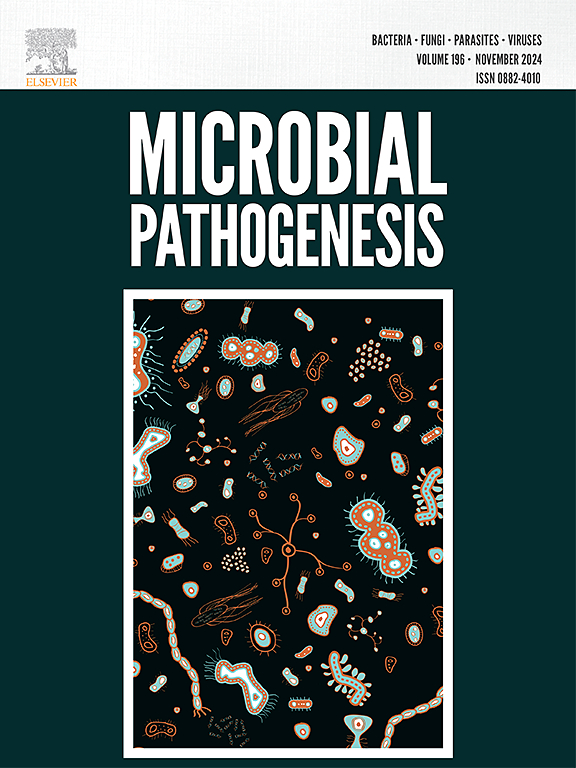脑诺卡菌感染的临床特征、诊断优化和个性化治疗的多中心系统性回顾。
IF 3.3
3区 医学
Q3 IMMUNOLOGY
引用次数: 0
摘要
本研究对 2000 年至 2024 年中期报告的 512 例脑诺卡氏菌感染病例进行了系统回顾。重点分析了临床表现、放射学检查结果、细菌鉴定方法和抗生素耐药性模式。我们特别关注了免疫力低下和非免疫力低下患者的治疗效果差异。我们还通过相关分析和线性判别分析分析了与结果相关的因素,从而探索了个性化治疗方法。影像学检查结果通常显示脑脓肿、病变和肿块效应,抗生素耐药率较高。与先进的分子诊断相比,使用传统微生物培养的诊断方法效果较差,而先进的分子诊断可提高检测准确性并缩短诊断时间。本综述还指出了影响治疗效果的关键因素,包括及时使用适当的抗生素,尤其是磺胺类药物和β-内酰胺类药物的联合应用,以及手术干预的重要性。这些发现强调了改进诊断和治疗策略以实现早期诊断和个性化治疗的必要性。本文章由计算机程序翻译,如有差异,请以英文原文为准。
Multicenter systematic review of clinical characteristics, diagnostic optimization, and personalized treatment for brain Nocardia infections
This study provides a systematic review of 512 reported cases of Nocardia brain infections from 2000 to mid-2024. It focuses on analyzing clinical manifestations, radiological findings, bacterial identification methods, and antibiotic resistance patterns. Special attention is given to the differences in outcomes between immunocompromised and non-immunocompromised patients. We also explored personalized treatment approaches by analyzing outcome-related factors through correlation analysis and linear discriminant analysis. Imaging findings commonly showed brain abscesses, lesions, and mass effects, with a high prevalence of antibiotic resistance. Diagnostic methods using conventional microbiological cultures were less effective compared to advanced molecular diagnostics, which enhanced detection accuracy and reduced time to diagnosis. This review also identifies key factors influencing treatment outcomes, including the timely initiation of appropriate antibiotics, particularly the combination of sulfonamides and β-lactams, as well as the importance of surgical intervention. These findings underscore the necessity of improving diagnostic and therapeutic strategies to achieve early diagnosis and personalized treatment.
求助全文
通过发布文献求助,成功后即可免费获取论文全文。
去求助
来源期刊

Microbial pathogenesis
医学-免疫学
CiteScore
7.40
自引率
2.60%
发文量
472
审稿时长
56 days
期刊介绍:
Microbial Pathogenesis publishes original contributions and reviews about the molecular and cellular mechanisms of infectious diseases. It covers microbiology, host-pathogen interaction and immunology related to infectious agents, including bacteria, fungi, viruses and protozoa. It also accepts papers in the field of clinical microbiology, with the exception of case reports.
Research Areas Include:
-Pathogenesis
-Virulence factors
-Host susceptibility or resistance
-Immune mechanisms
-Identification, cloning and sequencing of relevant genes
-Genetic studies
-Viruses, prokaryotic organisms and protozoa
-Microbiota
-Systems biology related to infectious diseases
-Targets for vaccine design (pre-clinical studies)
 求助内容:
求助内容: 应助结果提醒方式:
应助结果提醒方式:


